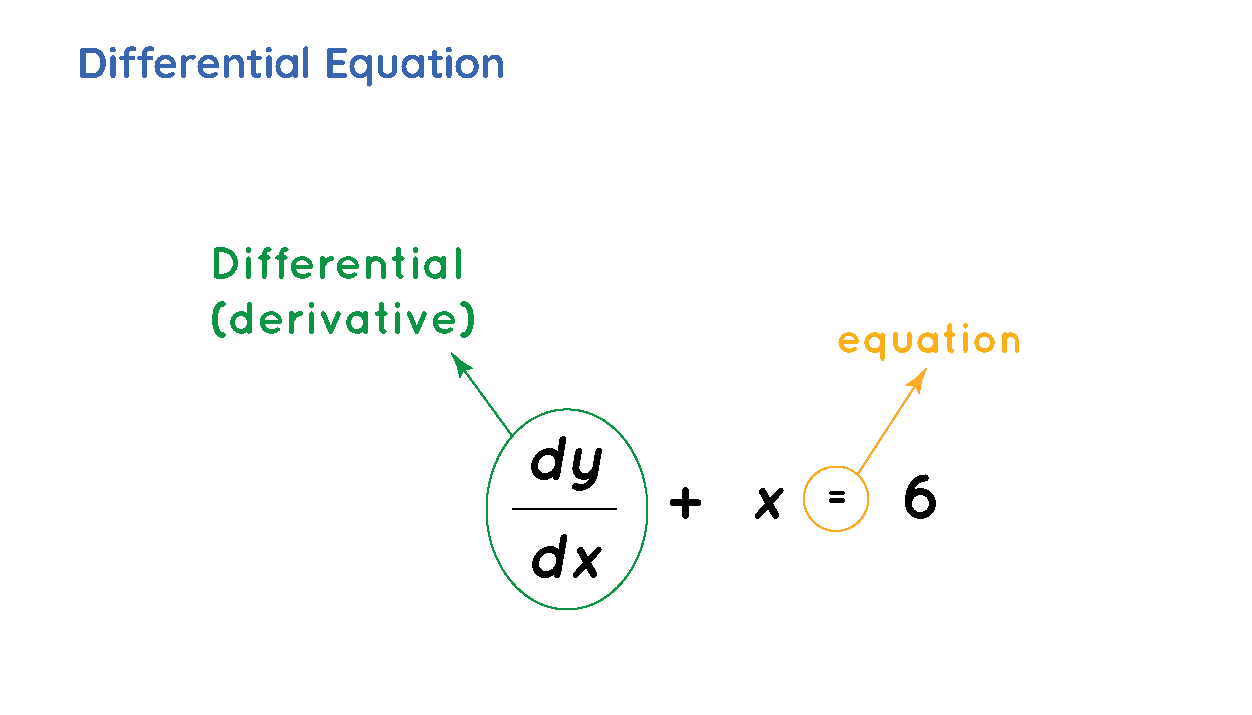Introduction to the first axis: differential equations:
Section outline
-
-

Differential equations first appeared with the invention of calculus
Before Newton and Leibniz. In the year 1761, Isaac Newton wrote in the second chapter of his book Method
flows, by including three types of differential equations, and in 1695 Jacob Bernoulli proposed the Bernoulli differential equation
Which Leibniz tried to solve by simplifying it the following year.
The first studies date back to what are currently called homogeneous first-order differential equations
Until the year 1614, Alexis Clairaut developed Lagrange and Euler
The method used by Clairau

Through this chapter we will try to present differential equations, in a simplified and clear manner, where: upon completion of this axis the student will be familiar with the objectives of the axis based on Bloom's knowledge levels:
1. Level of knowledge and remembrance: Students at this level recover information from memory (tribal gains), where students save definitions associated with the subject of mathematics, acquire the necessary skills that enable them to use optimal methods of counting and the student is given multiple choice questions, and is asked to answer them.
2. Level of assimilation and understanding: The student clarifies the basic characteristics that allow him to review the various theories and concepts in the axis. Here, the student gives some varied questions based on what has been used and understood for the study.
3. Students learn about various concepts related to differential equations, and use this to quantify and interpret different economic phenomena, and ask students to clarify the concepts by providing relevant examples of reality and working life.
4. Level of Analysis: Students distinguish between field working methods, having the student study the most important methods of dissemination.
5. Students investigate the role of differential equations in various economic activities through careful examination, and here students brainstorm to find the causes of the problem and how to solve it from the benefits of the lectures provided.
6. The student studies the concepts of first- and second-order differential equations, based on the resources and tools available to them and measure them. We develop a final exercise in which the various processes around the axis are determined.
-

